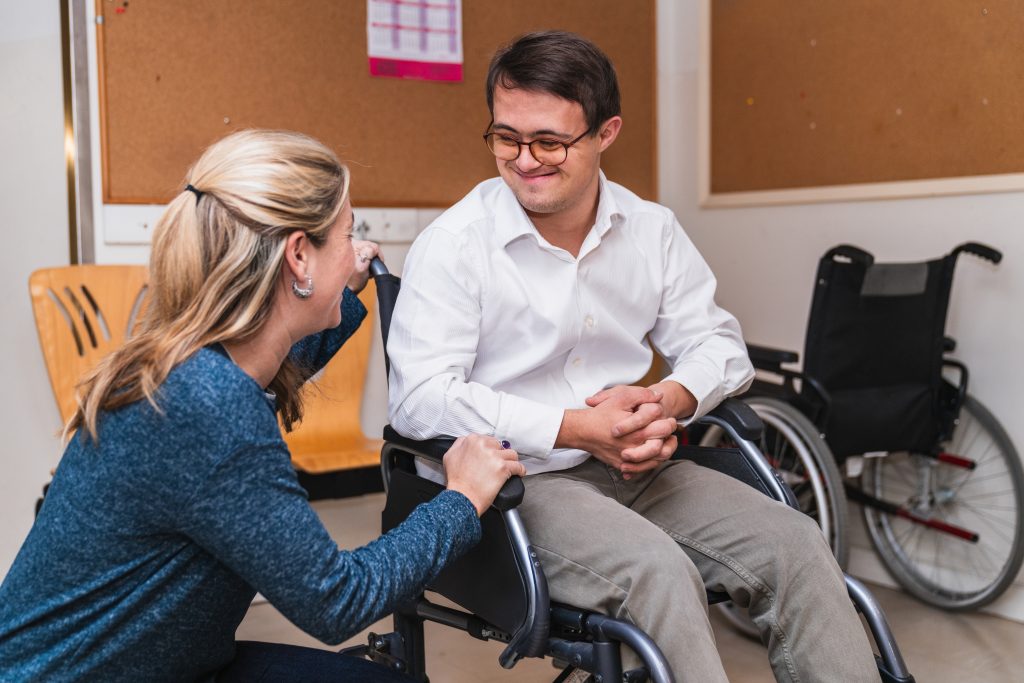What is our role as parents? That’s a complex question that often sparks discussions about fostering independence. Self-advocacy is a skill that children typically begin learning early in life and that continues to develop well into adulthood. For children and youth with disabilities, however, self-advocacy takes on greater weight. Yes, it’s a skill that everyone needs to learn – but for these children, the stakes are higher. When they learn to self-advocate, they gain the power to stand up for their beliefs, express their needs and positively influence how they are treated.
Understanding Self-Advocacy
Self-advocacy is essential because it involves knowing your rights, needs, preferences and being able to express them clearly and confidently. It begins in early childhood as young children first learn to say “no” and express their choices and preferences. As they grow, their ability to self-advocate matures with them. By adolescence, self-advocacy includes taking part in important conversations, such as IEP and transition planning meetings, where they have a direct say in their educational and life decisions. Self-advocacy has a positive impact on an individual’s education, healthcare, relationships and employment.
Building a Foundation of Self-Advocacy
Children learn self-advocacy skills by watching others, through instruction and personal experiences. Model advocacy by showing your child how to ask questions, set boundaries and speak up respectfully. Encourage them to make choices and decisions in daily life to build their confidence. Engage in age-appropriate conversations with your child to help them understand their unique needs and strengths.
Creating Advocacy Opportunities
Your child has opportunities to practice self-advocacy every day. At school, they may attend IEP meetings and share their thoughts and desires. Help your child learn to ask for the support they’re entitled to. At the doctor’s office, encourage your child to speak directly with the provider. Practicing “I” statements can help: “I need,” “I feel,” or “I prefer.” Role play real-life situations in the community where they may need to ask for help or accommodations. Help your child identify challenges they may face and brainstorm solutions. Encourage persistence and discuss strategies for when their self-advocacy efforts are unsuccessful.
Supporting Your Child’s Self-Advocacy
It’s hard for many parents to step back and let their child self-advocate. After all, we have likely seen it as our responsibility for a long time. However, learning to step back while still being a guide for your child will help them develop these critical skills. Talk with your child’s teachers and therapists to learn how they support self-advocacy and work together to teach, model and practice these skills at home, in the community and at school. Whenever possible, support your child’s self-advocacy efforts by praising their effort and respecting their wishes. Of course, safety and other issues may still require parent involvement from time to time.
Like other life skills your child is learning, self-advocacy development takes time. Remember, small steps lead to big confidence, and the long-term value of empowering your child now will help them live as independently as possible for years to come.
Related Articles:
Is College an Option for my Child?

